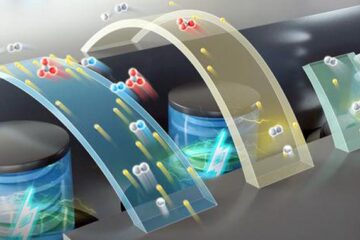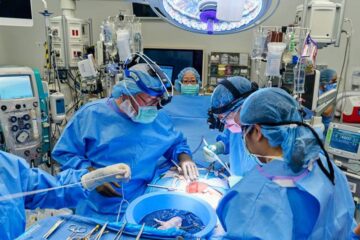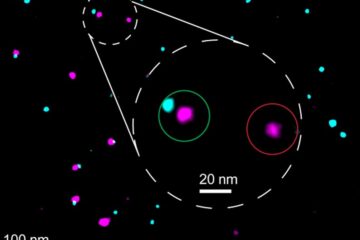A new era of communication at sea

Ensuring fast and secure communication links to any sort of ship at sea, has always been a challenging task. Up until now, accessing broadband satellite Internet links from the high seas has been faltering, with low connection speeds and the capacity for only small amounts of data transfer. According to the FORCE8 project partners, there is a distinct lack in the provision of these services, which needs to be met.
They say “the only currently available” communication solution at sea is provided by INMARSAT, “which is often expensive and of insufficient bandwidth”. There are only a small number of independent operators such as TELESAT (Canada) who offer some Internet Protocol (IP) based services.
The three French partners involved in this project have developed a system of accessing Internet broadband services at sea, based on established telecommunications standards such as Internet Protocol, Digital Video Broadcasting, and mobile roaming, using a network of geostationary satellites managed by satellite operators.
The development is a dedicated platform which joins these existing technologies together, to create a flow of information between ship and land-based services. The system uses efficient parabolic antenna technology and combines them with the latest satellite terminal technologies such as modems and VSAT, to transmit data to and from the applications and operators connected to the platform. These allow Internet services which are fully compatible with terrestrial networks.
The project has succeeded in making large bandwidths of between 1 and 2 Mbps possible, and available, off shore. Given this, the project partners envisage two main segments of users. Governmental agencies which want to equip their ships with high-speed interactive two way communication between ships and ground control to improve safety services at sea, or medical services, with tele-medical applications such as transmitting images and data. The second segment of users the project caters for are marine research organisations which want to test high-quality real-time video transmissions.
Marie-Noël Convert, director general of main project partner C2 Innovativ’Systems, says “the system has already been sold to IFREMER, the French research institute for the exploitation of the sea, located in Brest. The EUREKA label has brought recognition of the technical quality of the project. This, together with EUREKA financing, has allowed the development of a bigger market sector”, she says.
Media Contact
More Information:
http://www.eureka.be/force8All latest news from the category: Information Technology
Here you can find a summary of innovations in the fields of information and data processing and up-to-date developments on IT equipment and hardware.
This area covers topics such as IT services, IT architectures, IT management and telecommunications.
Newest articles

High-energy-density aqueous battery based on halogen multi-electron transfer
Traditional non-aqueous lithium-ion batteries have a high energy density, but their safety is compromised due to the flammable organic electrolytes they utilize. Aqueous batteries use water as the solvent for…

First-ever combined heart pump and pig kidney transplant
…gives new hope to patient with terminal illness. Surgeons at NYU Langone Health performed the first-ever combined mechanical heart pump and gene-edited pig kidney transplant surgery in a 54-year-old woman…

Biophysics: Testing how well biomarkers work
LMU researchers have developed a method to determine how reliably target proteins can be labeled using super-resolution fluorescence microscopy. Modern microscopy techniques make it possible to examine the inner workings…





















